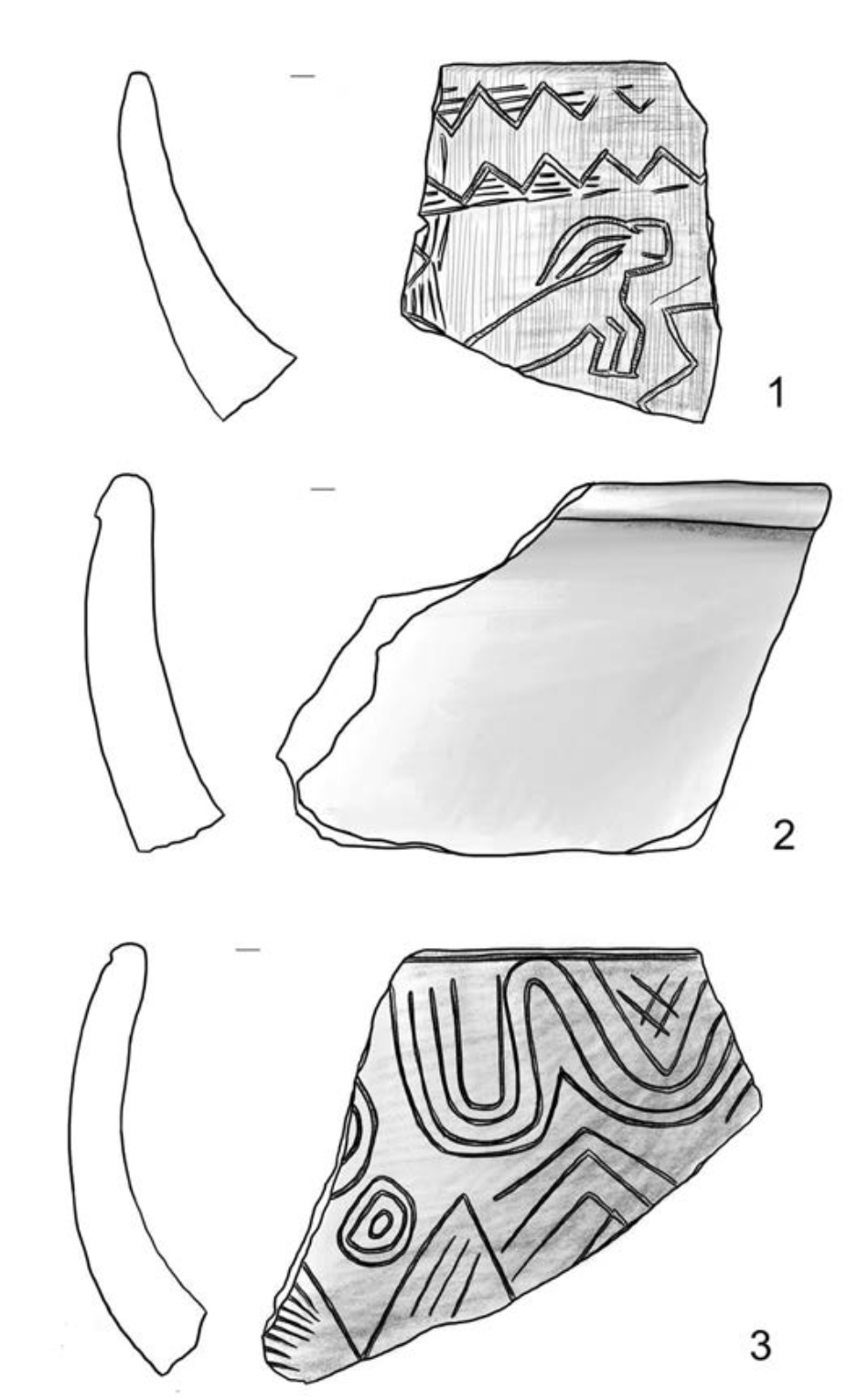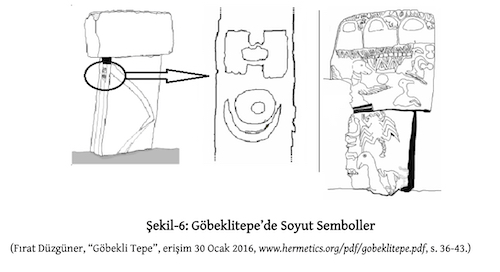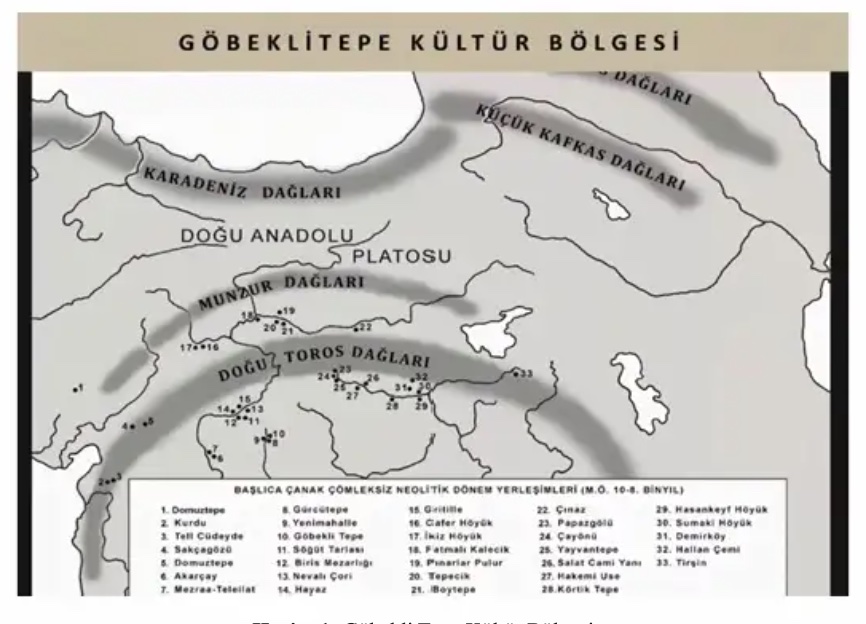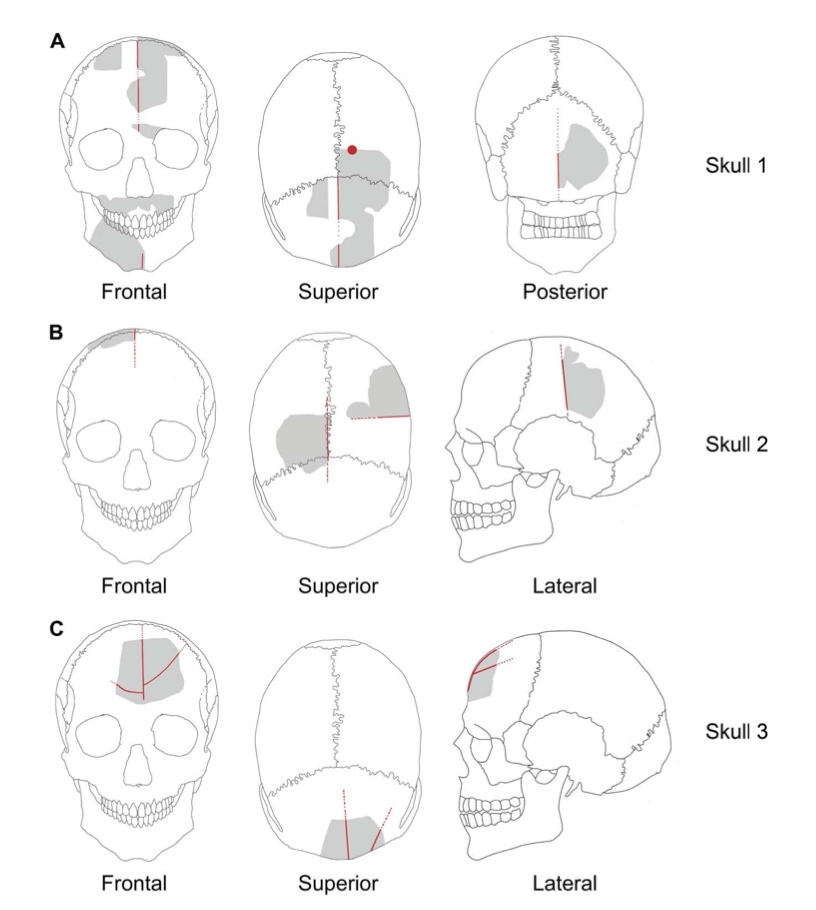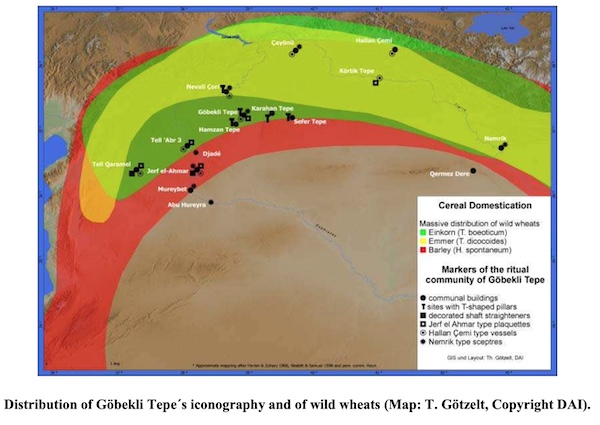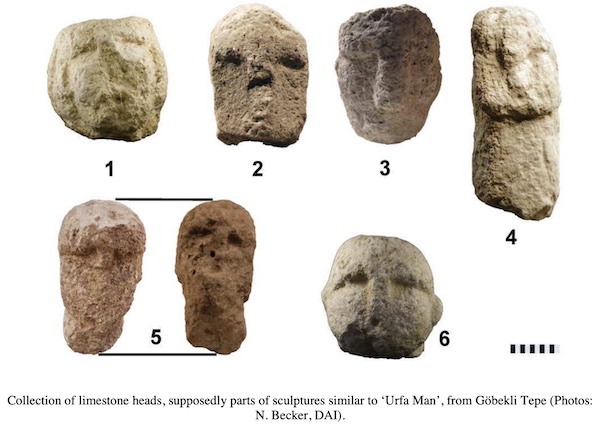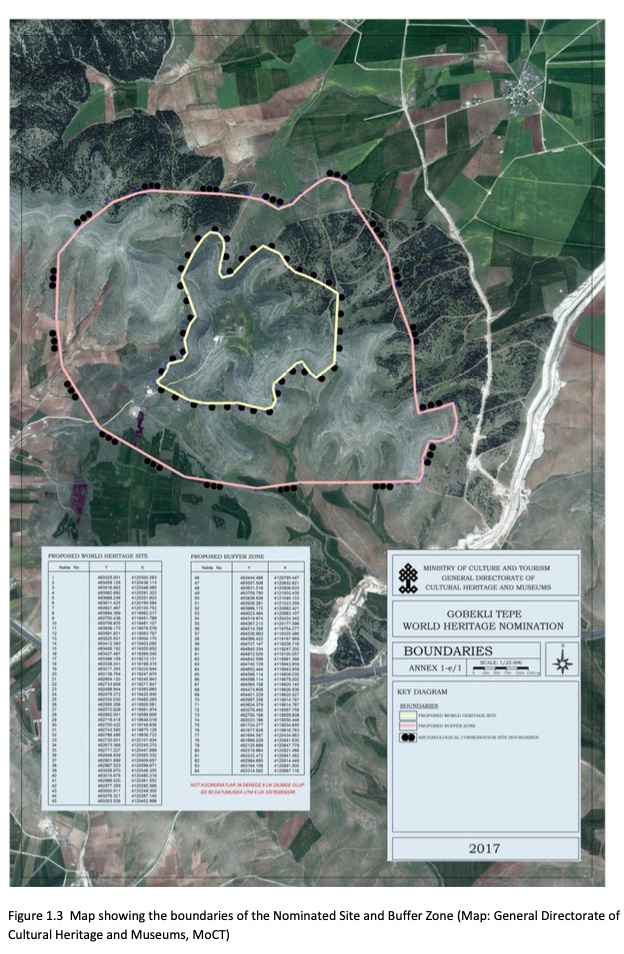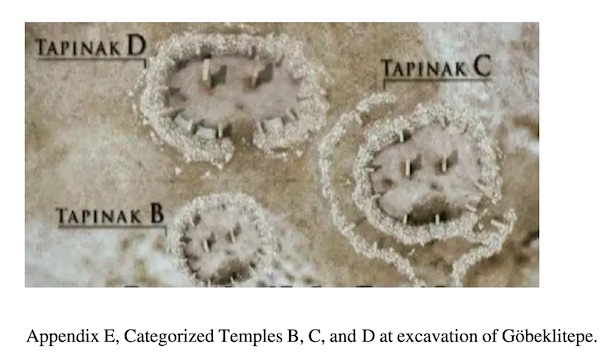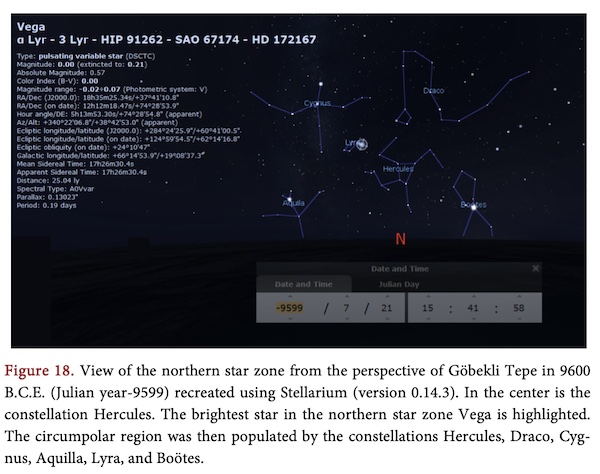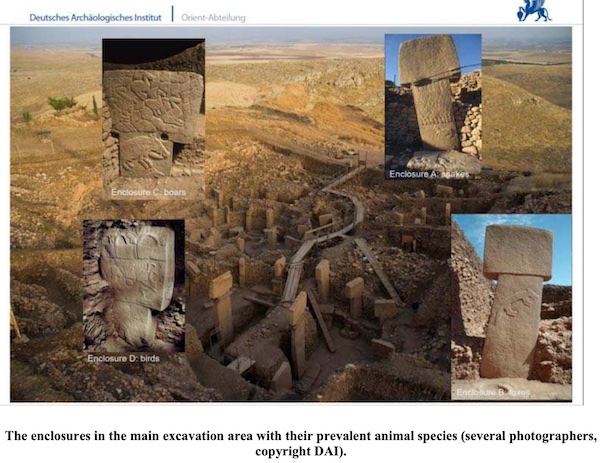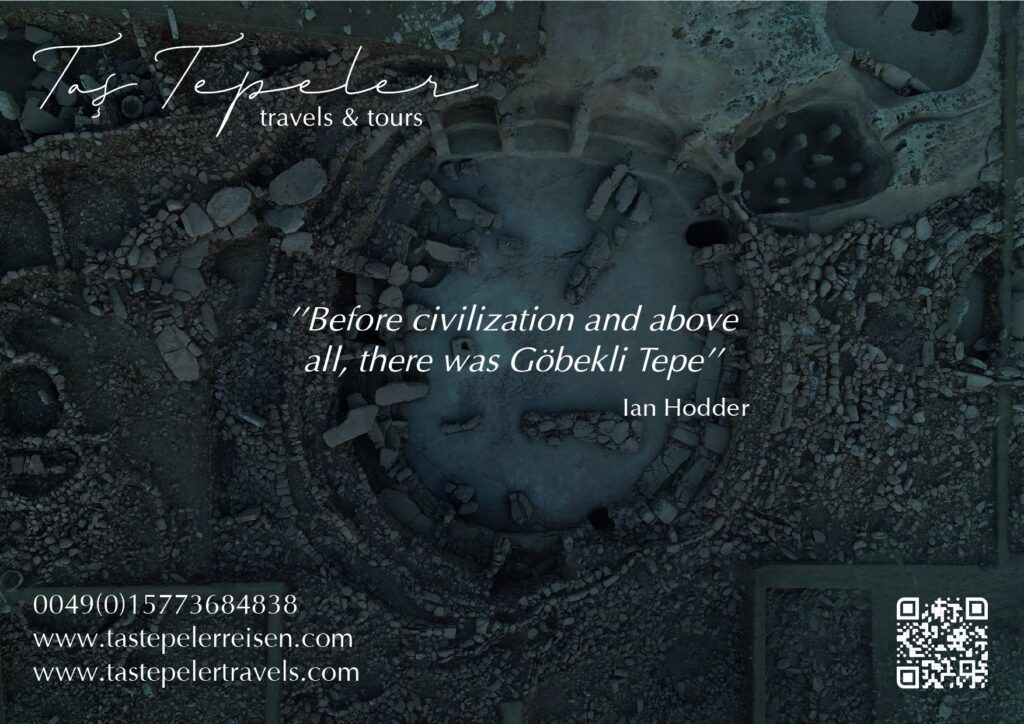Life and Afterlife of Neolithic “Greenstone” Vessels from Göbekli Tepe
Decorated stone vessels have been found at Early Neolithic sites throughout Northern / Upper Mesopotamia.1 The small, thin-walled and often decorated bowls have sometimes been summarized under the term ‘vessels of the Hallan Çemi type,’2 3 In a paper discussing craft specialization during the Early Neolithic, Köksal-Schmidt and Schmidt4 have highlighted one of the roles of these vessels: as a medium to dis- play a complex symbolic system. They have further pointed out a large number green-blackish rock variety, decorated with incisions. Although such vessels were 5 and although their number has continually risen through further excavations, they have not been the topic of a dedicated study so
Read More

